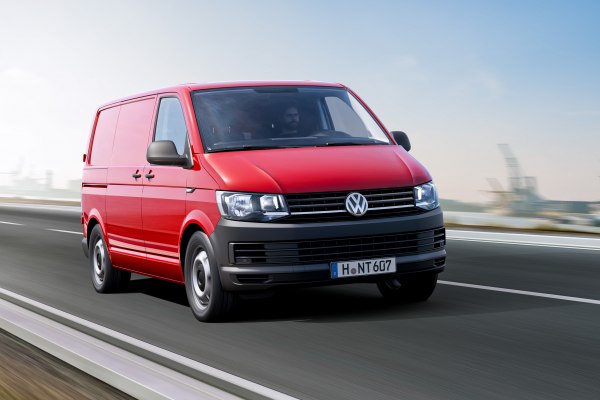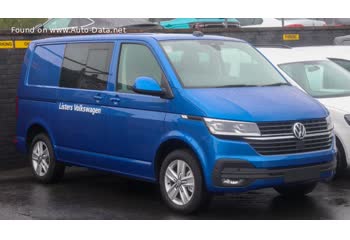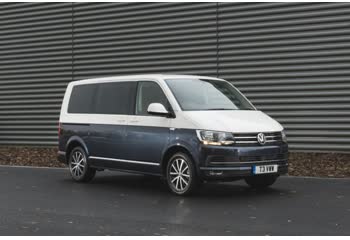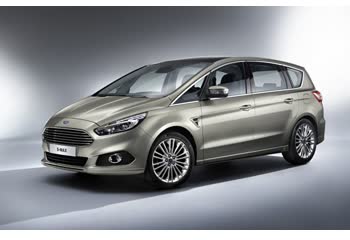Everything you need to know about specifications and performance - Volkswagen Transporter 2015 - 2.0 TDI (150 Hp) 4MOTION DSG L2H1

Overview:
What is the engine capacity of a Volkswagen Transporter 2015?
The engine capacity of the Volkswagen Transporter 2015 is 1968 cm.
Volkswagen Transporter 2015 How many horsepower?
The engine power of the Volkswagen Transporter 2015 is 150 Hp @ 3250-3750 rpm..
What is the Volkswagen Transporter 2015 engine?
Volkswagen Transporter 2015 engine is EA288 / CXFA, CXHA. (Click to see other cars using the same engine)
How much gasoline does a Volkswagen Transporter 2015 consume?
The Volkswagen Transporter 2015 consumes 6.3-6.9 liters of gasoline per 100 km
General:
Engine:
Performance:
Space:
dimensions:
Powertrain, Suspension and Brakes:
See also

Last generation.
Its production began in 2021 until 2022

Same engine. (EA288 / CXFA, CXHA).
Its production began in 2019 until 2021

Same engine. (EA288 / CXFA, CXHA).
Its production began in 2015 until 2019

Same production year and almost the same engine capacity.
Its production began in 2015 until 2018
Write a comment